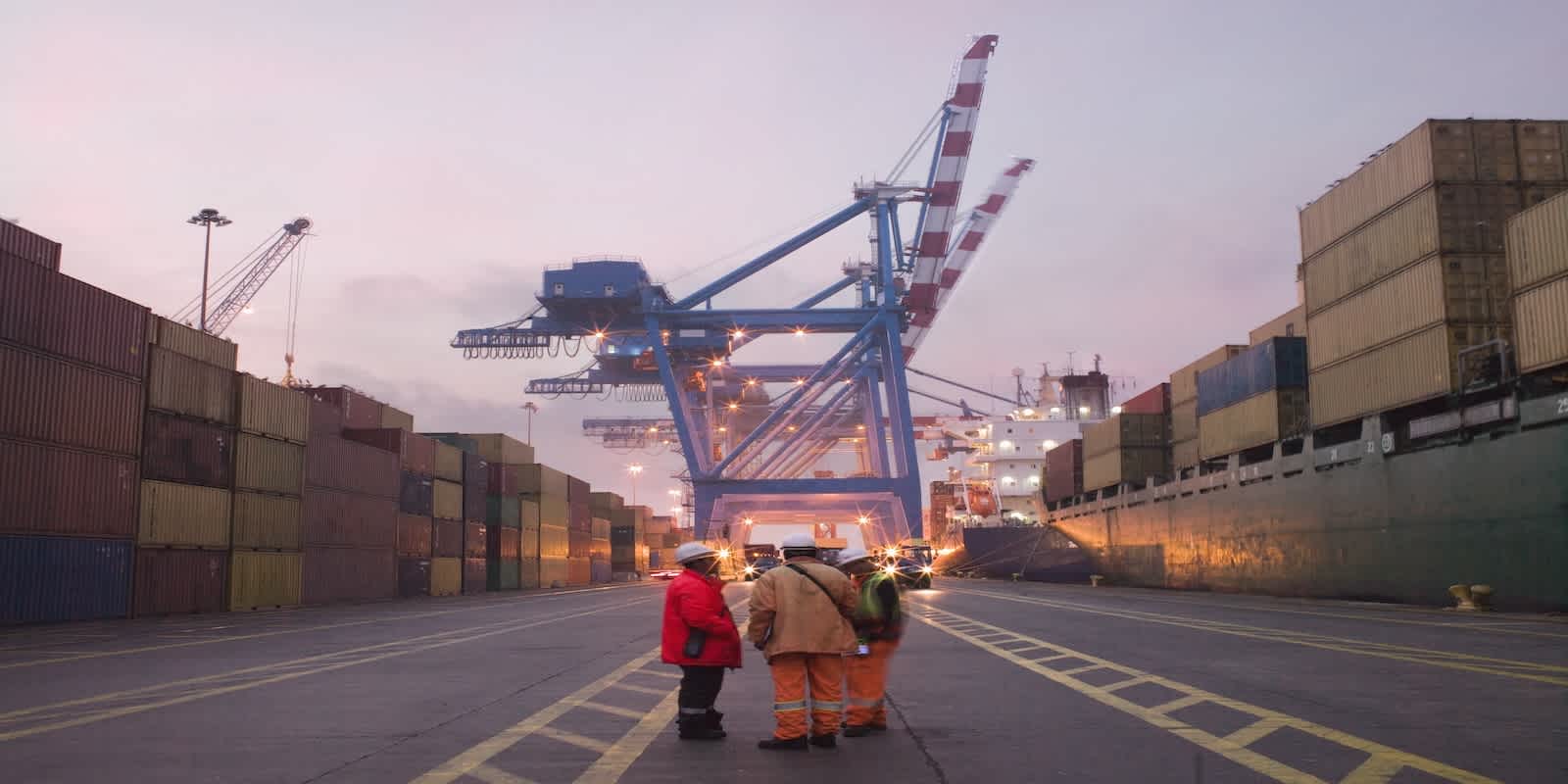
December 21, 2021
How To Localize Your Inventory for Fast Shipping
This blog post was originally published by Deliverr, which is now Flexport. The content has been adjusted to fit the Flexport brand voice and tone, but all other information remains unchanged. With the merging of Deliverr’s services (DTC fulfillment, B2B distribution, and Last Mile delivery) into Flexport’s existing international freight and technology services, we’re now able to provide merchants with true end-to-end logistics solutions spanning from the factory floor to the customer’s door.
Shipping experiences can vary greatly depending on issues with labor, weather, and tracking. While there may be times you can guarantee 2-day shipping, that same priority shipping during a peak season (such as the holidays) is very likely to be extended to 5 days if you don’t plan ahead.
Shoppers nowadays expect cost-effective and fast shipping thanks to the standard set by Amazon Prime:
- 88% of consumers say that Amazon’s shipping options have increased their expectations of shipping speeds from other online brands.
- More than 60% of shoppers expect their orders to ship free and arrive
within three business days.
Learn more about how delivery guarantees are key drivers of checkout conversion in our Logistics Trends Report.
Not only is fast shipping now the standard, but it’s also the most important factor for pleasing shoppers. In fact, 68% of consumers say their purchase decisions are influenced by estimated time of delivery.
Shipping also influences the potential to build a long-term relationship with your buyers. 88% of shoppers say their shipping experience directly impacts whether they will become a repeat buyer or not.
In short, due to the increased importance of shipping for shoppers, the key to a profitable eCommerce business is mastering shipping and fulfillment. But certain factors can impact the ability to achieve this, such as inaccurate delivery timelines, delayed shipments, and more. The solution? Localize your inventory.
Localize Your Inventory for Faster Shipping
When you rely on cross-country shipping to run your eCommerce store, you’re leaving a lot up to chance. You don’t have much control, and products traveling from coast to coast face many potential failures and delays. Once again, the answer here is simply don’t ship your inventory across the country coast to coast.
Try to keep your inventory as close to the demand as possible, even regionally. When you localize inventory, shipments become much easier because the orders don’t have to travel far. For example, think about a product being shipped from California to Chicago. That shipment is going to take a while. That same product being shipped within Chicago will be much quicker!
Localized inventory equals on-time delivery, even during challenging seasons (such as peak season during the holidays). Rather than battling late shipments, you can exceed the expectations of your shoppers by minimizing delayed deliveries and even backorders.
How To Localize Your Inventory
Now that you know how important localizing your inventory is for the success of your eCommerce store, here’s how to make it happen:
1. Understand Where Your Demand Is
In order to localize your inventory, you have to understand where your orders are coming from. If you’re not getting many orders from Chicago, it doesn’t make sense to localize your inventory to that city.
To plan for the future, it’s often helpful to look at the past. Where did many of your orders come from last year? What were the top cities? Focus on the past metrics so you can forecast for the future and decide where to localize your inventory.
Localized shipments are like having a store in every major city, but it wouldn’t be a smart investment to focus on cities where your eCommerce store doesn’t get many orders from. In other words, localizing inventory and shipments is going to look different for each merchant since it’s individualized based on where your shoppers live. While you can’t localize your inventory for every shopper, you can localize your inventory to cities where you see the majority of your sales.
2. Work With a Third-Party Fulfillment Company Ahead of Time
Looking at your historical data and determining where you want to localize your inventory is half the battle. Once you know where you want to house your inventory, it’s time to determine how much inventory you want to keep in a particular city. This is known as forecasting, which you can learn more about here.
Now that you know where and how much, it’s time to make it happen. While you could identify different warehouses in various cities and work with each individually, partnering with a third-party fulfillment company like Deliverr who can handle all of the logistics for you is the easier route. In general, you should be planning 6 months in advance of your busy season so you’re ready to roll when the time comes. You can learn more about how Deliverr handles localizing inventory here.
Pro Tip: Localizing Your Inventory Is Step #3
Before you localize your shipments, there are a couple steps to take first:
- Forecast (Inbound, outbound, labor, and systems)
- Promote (Sales, ads, product placements)
- Localize inventory
When you know what to expect, you know how to prepare to reach success. However, don’t be afraid to change your game plan as needed. For example, if your inventory is low, pause marketing communications for that product. Pull back on your campaigns for that product, and remove the listing from your website if you have to.
Then, ramp up marketing for eCommerce products that are not being sold as fast as expected. For example, you can utilize Facebook ads or Google ads to highlight the products that you still have a lot of in stock. Or you can highlight these products on your website or in email campaigns.
To make the most of your localized inventory in 2022, market to your audience based on location (aka geomarketing). Geomarketing incorporates location data to improve marketing efforts. For example, if your inventory is in Chicago, you can target Chicago consumers with your ads. Geomarketing will help sell more items from your localized inventory by keeping shipments simple and making your buyers happy.
Final Thoughts: Localizing Inventory Drives Repeat Customers
We’ve said it before: 88% of shoppers say their shipping experience directly impacts whether they will be a repeat buyer or not. With localized inventory, you can ensure you capture those consumers so they keep returning to your eCommerce store again and again. Learn more here about how you can localize your inventory with Flexport.
The contents of this blog are made available for informational purposes only and should not be relied upon for any legal, business, or financial decisions. We do not guarantee, represent, or warrant the accuracy or reliability of any of the contents of this blog because they are based on Flexport’s current beliefs, expectations, and assumptions, about which there can be no assurance due to various anticipated and unanticipated events that may occur. This blog has been prepared to the best of Flexport’s knowledge and research; however, the information presented in this blog herein may not reflect the most current regulatory or industry developments. Neither Flexport nor its advisors or affiliates shall be liable for any losses that arise in any way due to the reliance on the contents contained in this blog.



